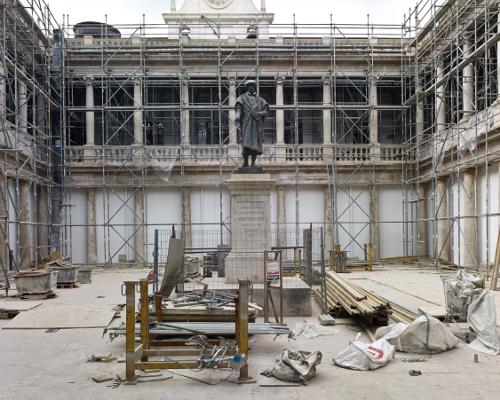
Dating back to the early 1990s, the normalization of photography in Spain as a means of creation generated an artificial division between documentary photography and the so-called plastic photography, which caused the former to be part of a circuit parallel to that of the art exclusively devoted to "photographers". This was also fostered by the fact that the paradigm of the ‘decisive instant’ was no longer operational except in the field of photojournalism, made the most of by press photography.
But documentation is not an exclusive attribute of documentary photography, but an original quality of photography; it is an intrinsic function which is also reflected in more artistic works, which we can find all along the history of photography, as shown by New Objectivity works from the 1930s or the so-called subjective document of the 1980s.
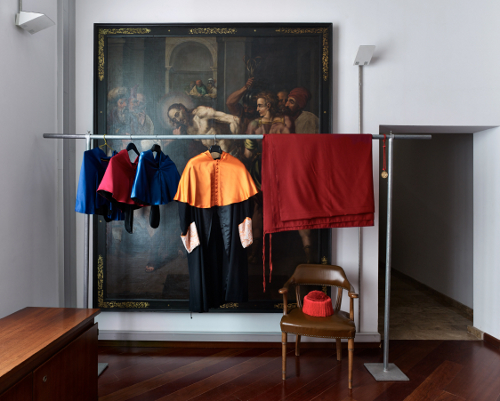
Therefore, the work presented by Mario Rabasco in Contingent spaces. A visual study of Universitat de València is not an illustrated guide to Universitat; rather it shows us a present that seems to be eternal. But this project is not so far from his initial approach; in fact it can be considered a personal evolution as regards the conception and assumption of the documentary function of photography. Three essential elements that are different from his previous work must be highlighted.
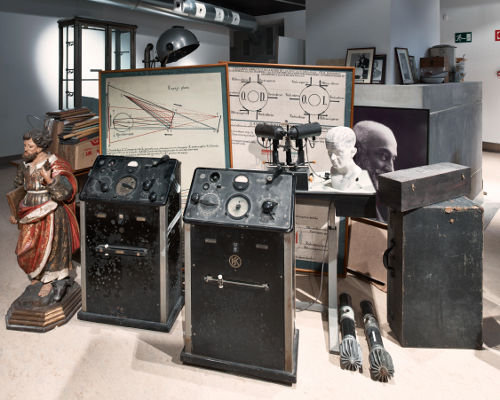
Firstly, the evident absence of the subject in his new images, though this does not mean it is not present, somehow. In his works, the subject is present through the trail left behind in the world. The contents of these photographs could not be explained without people’s necessary action or reference; they create a bit of a mystery that makes them further interesting to the viewer, concerned with discovering the location or the use of the items that Mario presents in each of them. This tension is not present in other cases, but the author tells us simple facts that become increasingly interesting when presented within the set of images of the exhibition and bring us closer to the elements of university life, presented as sceneries.
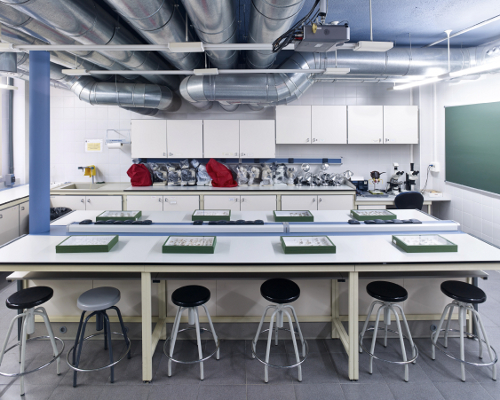
Secondly, the use of the picture format, a well-settled practice in contemporary photography, as shown by Jeff Wall and other Dusseldorf School photographers among others, like Candida Höfer, Thomas Struth and Andreas Gursky.
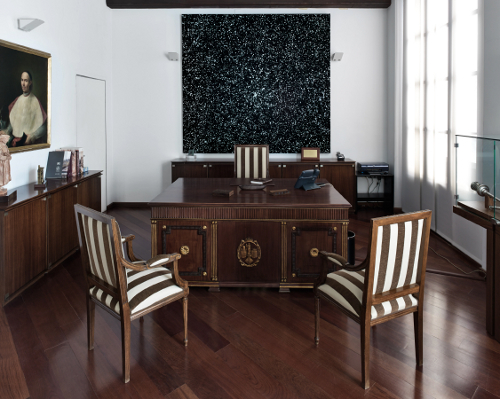
And finally, in opposition with his previous street work (asymmetric and dynamic compositions), the approach to this work about the University of Valencia, from the frontality of the scene, following strict, carefully calculated compositional patterns.
In the project, the rational prevails over any other accessory consideration, function prevails over aesthetics, causing the photographs to present seemingly impersonal spaces without any surprising contents... or perhaps it is just the opposite.











